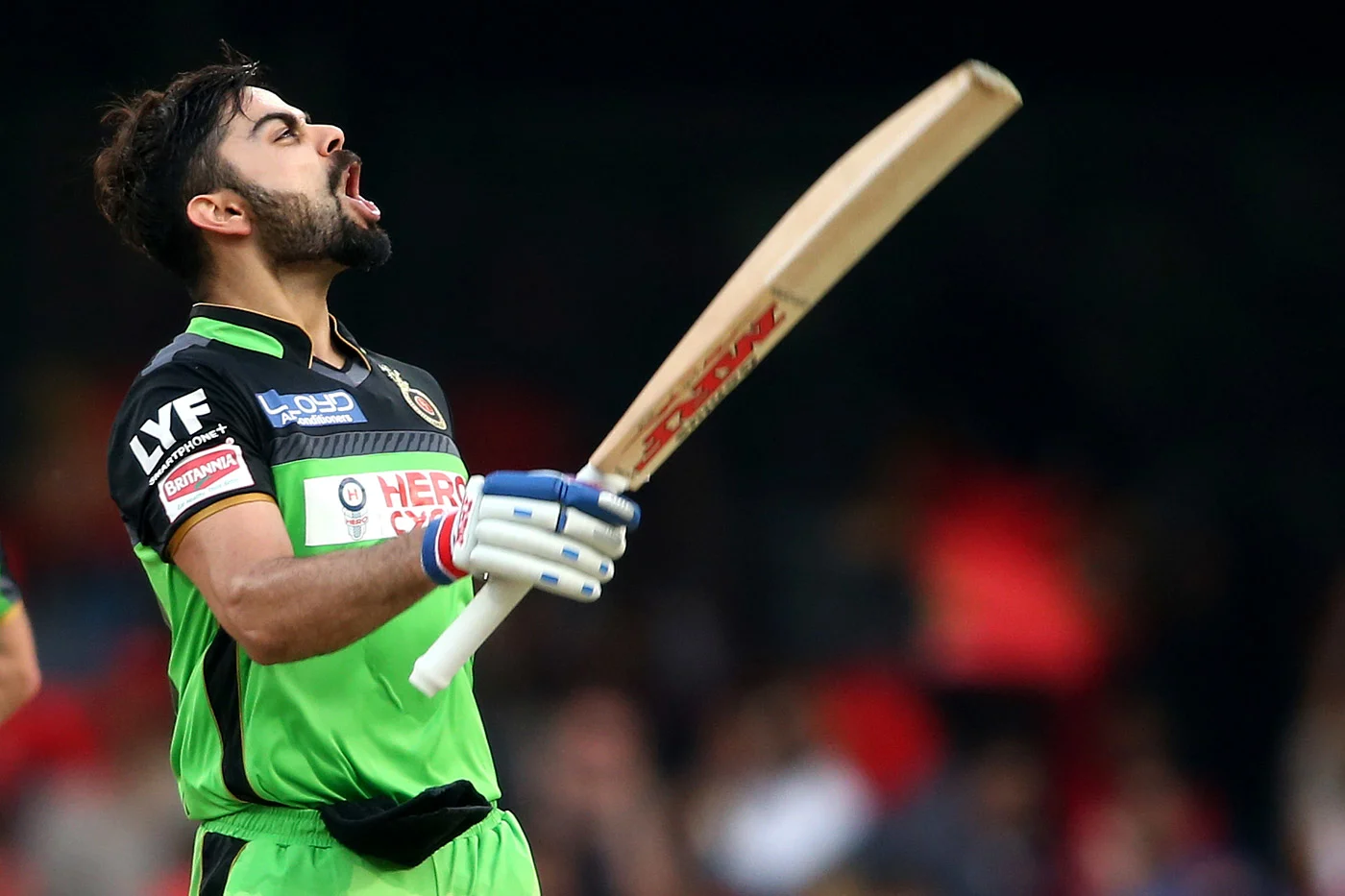Cricket, a sport steeped in tradition and rich with technical intricacies, encompasses various aspects that contribute to its allure.
One such aspect is the scoring system, where runs are earned by batsmen based on their shots. Among these shots, the ‘six’ holds a special place due to its potential for maximum runs.
This article aims to delve into the significance of a ‘six’ in cricket, examining its execution techniques and strategic implications for players aiming to achieve this feat.
- A 'six' in cricket refers to a shot that clears the boundary without bouncing, resulting in six runs being added to the team's score.
- Hitting a 'six' has a significant impact on the game, both psychologically and in terms of momentum.
- Strategies for hitting a 'six' have become crucial in modern cricket, with batsmen using power-hitting techniques to clear the boundary ropes.
- Fielding strategies are employed to prevent or facilitate a 'six', with fielders strategically positioned near the boundary line and tactics used to restrict the batsman's ability to hit a six.
The Basics of Cricket
One of the fundamental aspects of cricket is understanding the basics, which includes knowledge of the rules and gameplay. Understanding cricket rules is crucial for players and spectators alike to fully engage with the sport.
Cricket is played between two teams, each consisting of eleven players. The objective of the game is for one team to score more runs than the other.
Cricket equipment plays a vital role in ensuring fair play and player safety. The most important piece of equipment is the bat, typically made from willow wood, which players use to hit the ball.
Bats vary in size and weight depending on player preference and position. Additionally, protective gear such as helmets, gloves, leg pads, and abdominal guards are worn by batters and wicket-keepers to minimize injury risk.
Furthermore, fielding teams require various items such as stumps (three wooden poles), bails (small wooden pieces placed on top of the stumps), a cricket ball made from cork wrapped in leather with stitching on it. Fielders also wear appropriate clothing that allows freedom of movement while providing protection.
Understanding scoring in cricket involves grasping different means through which runs can be scored – including running between wickets after hitting a ball or boundaries achieved when a batsman hits it beyond certain marked areas without touching ground or being caught by fielders.
Understanding Scoring in Cricket
Scoring in the sport of cricket involves achieving the maximum number of runs possible by hitting the ball beyond the boundary line.
This can be done in several ways, such as running between the wickets or hitting a boundary. Understanding cricket rules and scoring techniques is essential for players to maximize their team’s score.
In cricket, there are different ways to score runs. The most common method is by hitting the ball and then running between the wickets to exchange ends with your batting partner.
Each run completed counts towards the team’s total score. Additionally, if a player hits the ball and it crosses the boundary without bouncing or touching any fielder, they automatically score four runs. This is known as a ‘boundary.’
However, one of the most exciting scoring techniques in cricket is when a player hits a six. A six occurs when the batsman strikes the ball over the boundary rope without it bouncing on its way out. This results in an immediate six runs being added to their team’s total score.
The power of a ‘six’ lies not only in adding significant runs to a team’s score but also in its psychological impact on both teams involved. It can boost morale for the batting side while demoralizing bowlers and fielders from the opposing team.
The Power of a ‘Six’
The impact of a ‘six’ in cricket cannot be understated, as it not only adds valuable runs to the team’s total but also has the ability to change the momentum of a game.
A well-timed and executed ‘six’ can demoralize the opposing team and energize the batting side, leading to a shift in the dynamics of the match.
There have been numerous memorable ‘sixes’ throughout cricket history, such as MS Dhoni’s winning shot in the 2011 World Cup final and Carlos Brathwaite’s four consecutive ‘sixes’ in the 2016 T20 World Cup final.
Impact of a ‘six’ on the game
The impact of a ‘six’ on the game of cricket can significantly alter the balance between batting and bowling teams.
Strategies for increasing six hitting ability have become a crucial aspect of modern cricket, with batsmen employing various techniques to clear the boundary ropes.
These strategies include using power-hitting techniques such as executing powerful shots with proper timing and footwork, as well as identifying scoring opportunities based on field placements.
On the other hand, bowlers and fielders have developed techniques to counter powerful six hitters. Fielding positions are adjusted strategically to minimize boundary opportunities, placing fielders in key positions such as long-on or deep mid-wicket.
Additionally, bowlers may employ slower deliveries or change their line and length to restrict batsmen from hitting sixes easily.
Understanding these strategies is essential for both batting and bowling teams to gain an advantage in the game.
Transition: Now that we have explored the impact of a ‘six’ on the game of cricket and the strategies employed by both teams, let us delve into some examples of memorable ‘sixes’ in cricket history.
Examples of memorable ‘sixes’ in cricket history
Exploits of batsmen hitting the ball over the boundary line have left a lasting impression on cricket fans, with several memorable instances etched in the history of the sport.
These legendary sixes and record-breaking shots have become defining moments in cricket matches, showcasing the power and skill of the players.
One such example is the famous 1996 World Cup quarterfinal match between India and Pakistan when Venkatesh Prasad hit Ata-ur-Rehman for a massive six to seal victory for India.
Another iconic moment was during the 2007 T20 World Cup final when Misbah-ul-Haq attempted a scoop shot against Joginder Sharma but ended up getting caught by Sreesanth at short fine leg, resulting in an unforgettable missed opportunity for Pakistan.
These remarkable instances highlight how a single shot can shape the outcome of a game. Moving forward, understanding strategies for hitting a ‘six’ requires careful analysis of various factors that contribute to successful boundary shots without compromising one’s wicket.
Strategies for Hitting a ‘Six’
To maximize the chances of hitting a ‘six’ in cricket, players often employ various strategic techniques. These techniques encompass both batting techniques and fielding strategies.
Batting techniques are crucial in achieving a six as they enable the batsman to generate maximum power and accuracy while striking the ball.
The most common technique used is the ‘power hitting’ technique, where the batsman uses a combination of footwork, body positioning, and hand-eye coordination to hit the ball with maximum force towards the boundary line.
Fielding strategies also play an essential role in either preventing or facilitating a six. Fielders are strategically positioned near the boundary line to catch any balls that are directed towards it, thus preventing a potential six.
Additionally, fielders may be positioned at specific angles or distances from each other to block potential gaps that could lead to scoring opportunities for the batting team.
Furthermore, fielding captains often employ tactics such as placing attacking fielders near the boundary line during crucial stages of an innings when big hits are expected.
This strategy aims to create psychological pressure on the batsman and restrict their ability to score freely by minimizing their chances of hitting a six.
Conclusion
In conclusion, the concept of a ‘six’ in cricket holds immense significance. It is a powerful scoring shot that can greatly impact the outcome of a match.
Understanding the rules and strategies for hitting a ‘six’ is crucial for players who aim to excel in this sport. By employing tactics such as timing, technique, and placement, batsmen can maximize their chances of achieving this impressive feat.
So next time you watch a cricket match, keep an eye out for those breathtaking ‘sixes’ that add excitement to the game!
Frequently Asked Questions: Six
How many runs does a 'six' contribute to a team's total score in cricket?
A 'six' in cricket contributes six runs to a team's total score. It cannot be scored off a no ball, as it is considered an illegal delivery. A 'six' differs from a 'four' as it crosses the boundary rope without touching the ground.
Can a 'six' be scored off any type of delivery in cricket?
A 'six' can be scored off any type of delivery in cricket. It is one of the scoring options available to batsmen and has a significant impact on the game by contributing six runs to the team's total score.
Are there any restrictions or limitations on the number of 'sixes' a batsman can hit in a cricket match?
There are no restrictions or limitations on the number of sixes a batsman can hit in a cricket match. However, hitting multiple sixes greatly impacts a batsman's individual score, allowing them to accumulate runs rapidly and potentially dominate the game. Bowlers employ various strategies like varying the pace, line, length, and using field placements strategically to prevent batsmen from hitting sixes.
What is the maximum distance a ball can travel for it to be considered a 'six' in cricket?
The maximum distance a ball can travel to be considered a 'six' in cricket varies based on the size of the ground. Techniques for hitting a six involve power, timing, and shot selection. Famous sixes in cricket history include those by players like Chris Gayle and Shahid Afridi.
Can a 'six' be scored even if the ball does not cross the boundary line in cricket?
A 'six' cannot be scored if the ball does not cross the boundary line in cricket. This distinguishes a 'six' from a 'four', which only requires the ball to reach or touch the boundary line.











